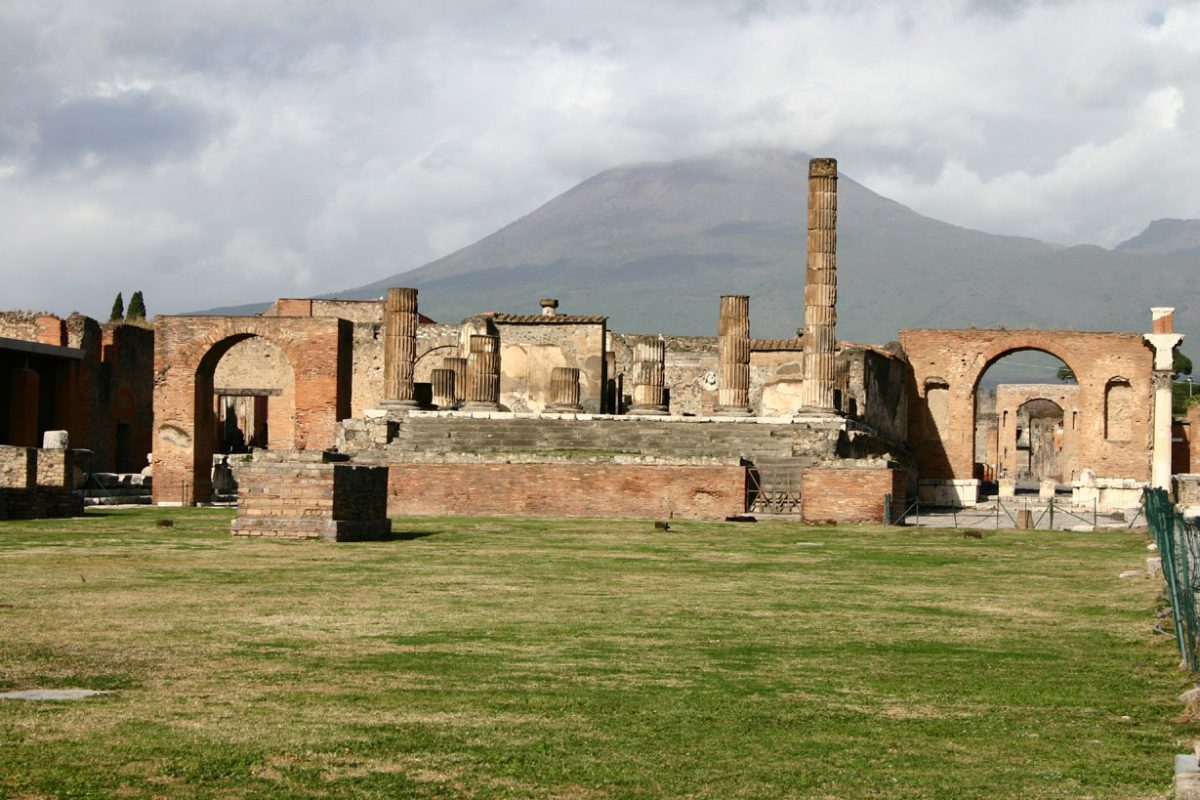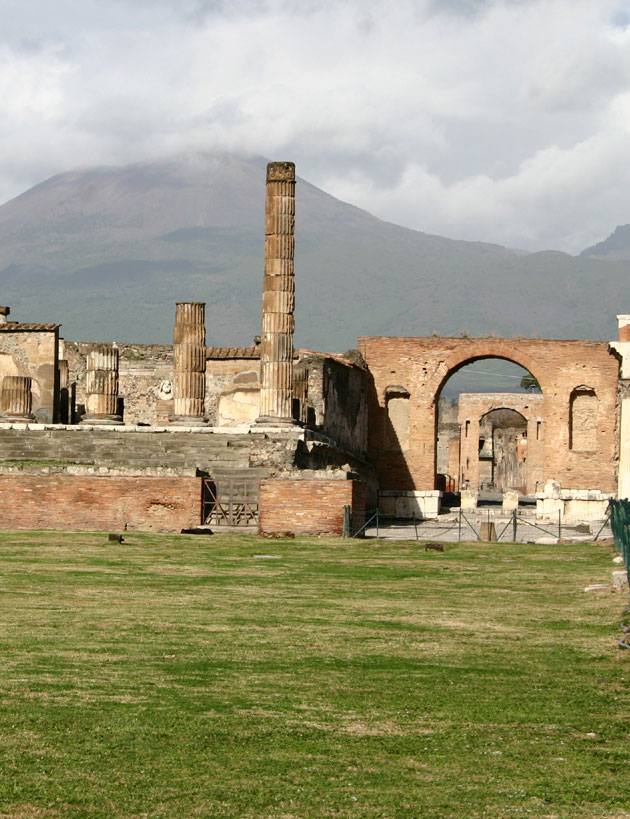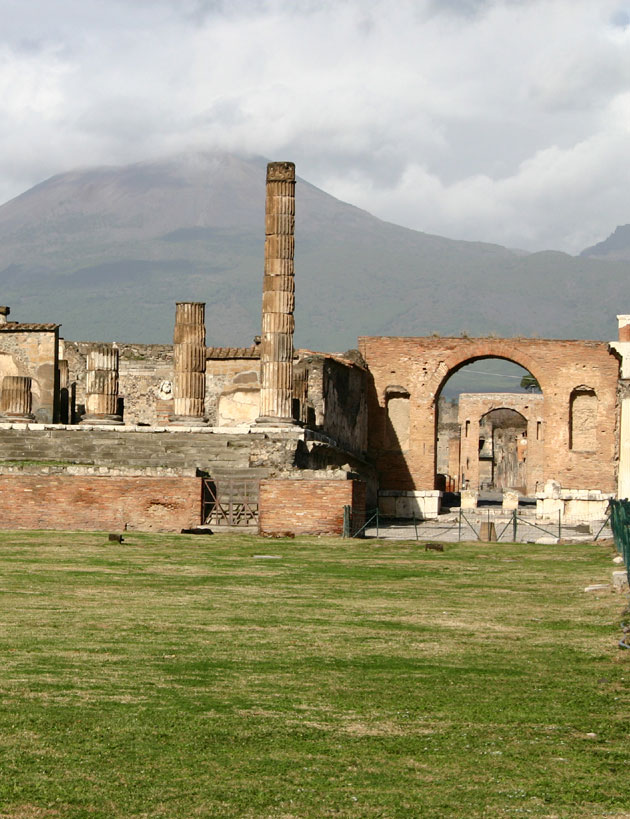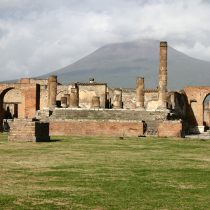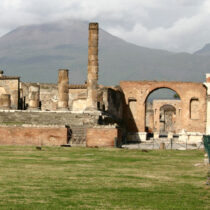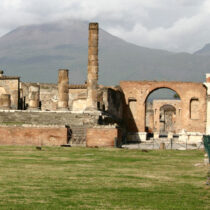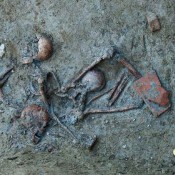Scientists have been able to sequence the first complete genome of a human who had died in Pompeii, Italy after the eruption of Mount Vesuvius in 79 AD. Previously, only small portions of mitochondrial DNA had been “read” of humans and animals at ruined Pompeii.
Researchers from Italy, Denmark, the United States and Brazil, led by Gabriele Scorrano and Serena Viva of the Universities of Copenhagen and Salento (Lecce), respectively, published their findings in the Scientific Reports journal. Skeletons of two people (a 35-40 year old man and a woman over 50 years old) found in the House of Craftsmen in Pompeii had DNA samples taken from them. Eventually it became possible to only read the complete genome of the man.
Comparison with DNA from 1,030 other ancient skeletons and 471 modern Western Europeans shows that the DNA of the unfortunate Pompeian man bore a greater resemblance to that of the modern inhabitants of central Italy and those who had lived in Italy during the Roman Empire. Also, its genetic material has genes that are usually found in Sardinia. There were also indications that the man had contracted a bacterium that causes tuberculosis.
Scientists hope that in future they will be able to “read” the complete genome of other Pompeii skeletons, thus shedding more light on the genetic history and lives of its population.
For the scientific publication press here.
